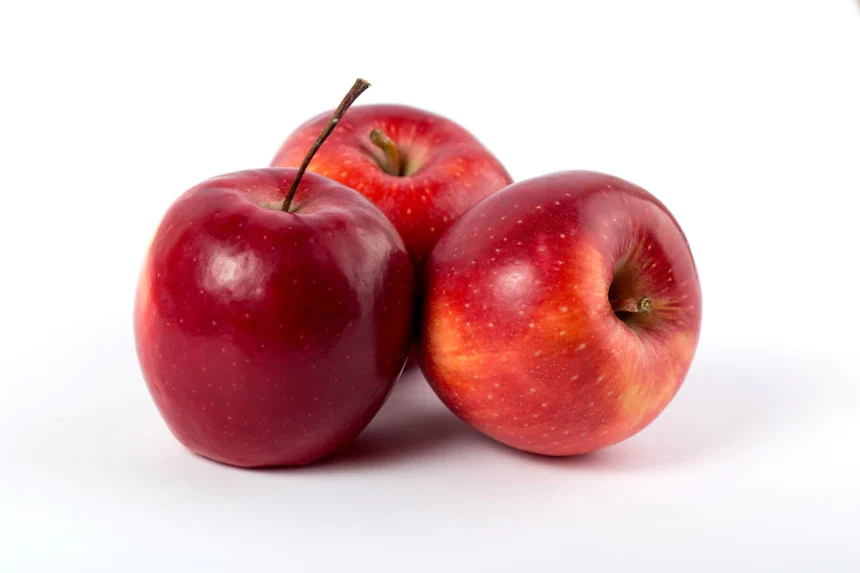Cedar apple rust is a fungal disease that affects apple trees and requires both cedar trees and apple trees to complete its lifecycle. The following are symptoms of cedar apple rust that you should look out for in apples:
- Rust-colored spots: One of the primary symptoms of cedar apple rust is the appearance of rust-colored spots on apple leaves, fruit, and sometimes even twigs. These spots typically develop in early to mid-summer and can be bright orange or yellowish-orange.
- Raised lesions: The rust spots often form raised, cork-like lesions on the apple’s surface. These lesions can become larger as the disease progresses and may cause distortion or cracking of the affected areas.
- Galls on cedar trees: While the disease primarily affects apple trees, it completes its lifecycle on cedar trees. Look for galls or growths on the branches of cedar trees. These galls are usually brownish and have a swollen or distorted appearance. They contain the fungal spores that infect apple trees.
- Yellowing and premature leaf drop: Infected apple trees may exhibit yellowing or discoloration of leaves. In severe cases, the leaves may drop prematurely, weakening the tree over time.
- Stunted growth: Cedar apple rust can affect the overall growth and vigor of apple trees. Infected trees may show reduced growth, smaller fruit size, and decreased yield.
It’s important to note that not all apple varieties are equally susceptible to cedar apple rust. Some varieties have natural resistance to the disease, while others are highly susceptible. If you suspect cedar apple rust in your apple trees, it’s recommended to consult with a local agricultural extension office or a professional arborist for accurate diagnosis and appropriate management strategies.
Join 'Farmers Mag' WhatsApp Channel
Get the latest Farming news and tips delivered straight to your WhatsApp
CLICK HERE TO JOIN






